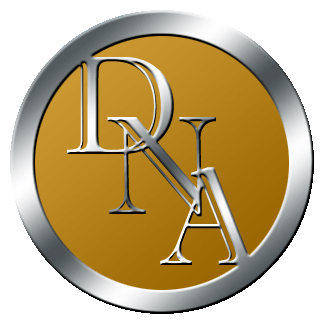
Yesterday (July 18, 2018), I heard the first solid indicator that the US economy is headed for the next, regularly scheduled correction/contraction. A banker colleague said she has renegotiated more business loans (5) in the last month than she has in the last few years. During our conversation, she was trying to figure out what was causing this sudden surge of business people renegotiating their loans, even though the interest rates were higher and the increased expenses would hurt the company’s cash flow.
For those people who are NOT familiar with systems thinking, every 10 years or so, the economy goes into a contraction, or recession if the contraction is big. Over time the economy goes through periods of boom, bust and boom. The process is commonly called a ‘Business Cycle’. In the stock market, the stock traders refer to these cycles as ‘Bull’ and ‘Bear’ markets. For those people who ARE familiar with dynamic systems thinking, we are once again seeing ‘The Beer Game’ playing out in real time.
Don’t Be Alarmed
This has happened before, and will happen again. You can even take advantage of the situation. Use the current ‘healthy’ economy as an opportunity to invest in strategy, culture, structure and processes to weather future business cycles.
To paraphrase an old saying, the best time to prepare for the future was last year. The second best time is right NOW!
What To Do
There are several ways to prepare for the upcoming change. First, is to learn from the past. What did your company do to survive the last time, or the last couple of times? If you don’t have a last time, ask company owners who lived through the experience and are willing to share their ’lessons learned.’ What did they do that worked, and what would they have done differently?
A second way to prepare for change is to understand how your company operates. Not how you and your leadership team believe it operates, but how work actually gets done. Making changes to a process, or even the structure of an organization, without understanding how work is accomplished frequently results in unintended consequences.
Better decisions are made when you and your team have: visually mapped processes and strategy plans, determined core competencies, encouraged decision transparency, view the organization as one system and optimized accordingly, and other managing techniques.
“Jack” Welch from General Electric, is noted for saying the obligation of a Chief Executive is to deliver: “short-term profit and long-term strength.” Henri Fayol, who wrote the first book prescribing a general theory of managing, observed “We know how technical capability is obtained, but it is difficult to say how administrative competence is obtained.” Dr. W. Edwards Deming stressed the importance of a manager having ‘intimate knowledge’ of how the organization actually performs work.
Together, these three pieces of wisdom prod companies to invest in a special effort to focus on ‘long-term strength’ and obtain administrative competency through gaining intimate knowledge of how their company performs work. Focus learning efforts on the basics and avoiding the allure of reports, studies, or software from outside venders. After all, the basics are inexpensive and reliable.
A third approach to prepare for the tougher times ahead is reassessing current business practices. A couple of places to start are: improve cash reserves, re-evaluate expansion plans and the use of debt, focus on strengthening relationships with existing customers and suppliers, review strategic and tactical plans with new assumptions, and much more.
Benefits
Tough and better decisions are made proactively, instead of in response to a shock to the system. The organization becomes resilient and flexible. Quickly adjusting to changing environments, and not breaking under pressure.
It’s up to you to turn that approaching light from a freight train that will run you over, to a subway car approaching your station.
Are you ready to step on board for the next station?
Dave Nave - July 19, 2018
